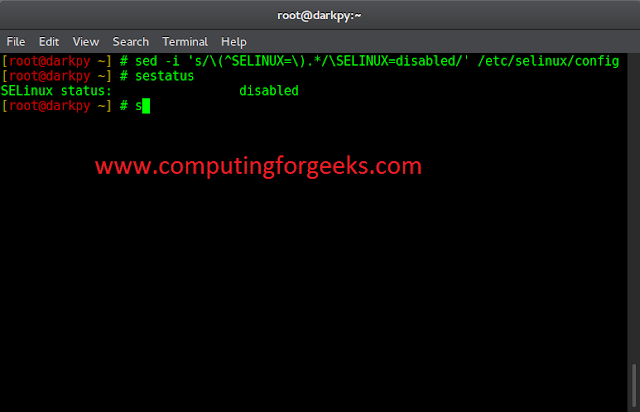Object Modeling Technique (OMT) is real world based modeling approach for software modeling and designing. It was developed basically as a method to develop object-oriented systems and to support object-oriented programming. It describes the static structure of the system.
Object Modeling Technique is easy to draw and use. It is used in many applications like telecommunication, transportation, compilers etc. It is also used in many real world problems. OMT is one of the most popular object oriented development techniques used now-a-days. OMT was developed by James Rambaugh.
Purpose of Object Modeling Technique:
- To test physical entity before construction of them.
- To make communication easier with the customers.
- To present information in an alternative way i.e. visualization.
- To reduce the complexity of software.
- To solve the real world problems.
Object Modeling Technique’s Models:
There are three main types of models that has been proposed by OMT:
- Object Model:
Object Model encompasses the principles of abstraction, encapsulation, modularity, hierarchy, typing, concurrency and persistence. Object Model basically emphasizes on the object and class. Main concepts related with Object Model are classes and their association with attributes. Predefined relationships in object model are aggregation and generalization (multiple inheritance). - Dynamic Model:
Dynamic Model involves states, events and state diagram (transition diagram) on the model. Main concepts related with Dynamic Model are states, transition between states and events to trigger the transitions. Predefined relationships in object model are aggregation (concurrency) and generalization. - Functional Model:
Functional Model focuses on the how data is flowing, where data is stored and different processes. Main concepts involved in Functional Model are data, data flow, data store, process and actors. Functional Model in OMT describes the whole processes and actions with the help of data flow diagram (DFD).
Phases of Object Modeling Technique:
OMT has the following phases:
- Analysis:
This the first phase of the object modeling technique. This phase involves the preparation of precise and correct modelling of the real world problems. Analysis phase starts with setting a goal i.e. finding the problem statement. Problem statement is further divided into above discussed three models i.e. object, dynamic and functional model. - System Design:
This is the second phase of the object modeling technique and it comes after the analysis phase. It determines all system architecture, concurrent tasks and data storage. High level architecture of the system is designed during this phase. - Object Design:
Object design is the third phase of the object modelling technique and after system design is over, this phase comes. Object design phase is concerned with classification of objects into different classes and about attributes and necessary operations needed. Different issues related with generalization and aggregation are checked. - Implementation:
This is the last phase of the object modeling technique. It is all about converting prepared design into the software. Design phase is translated into the Implementation phase.




